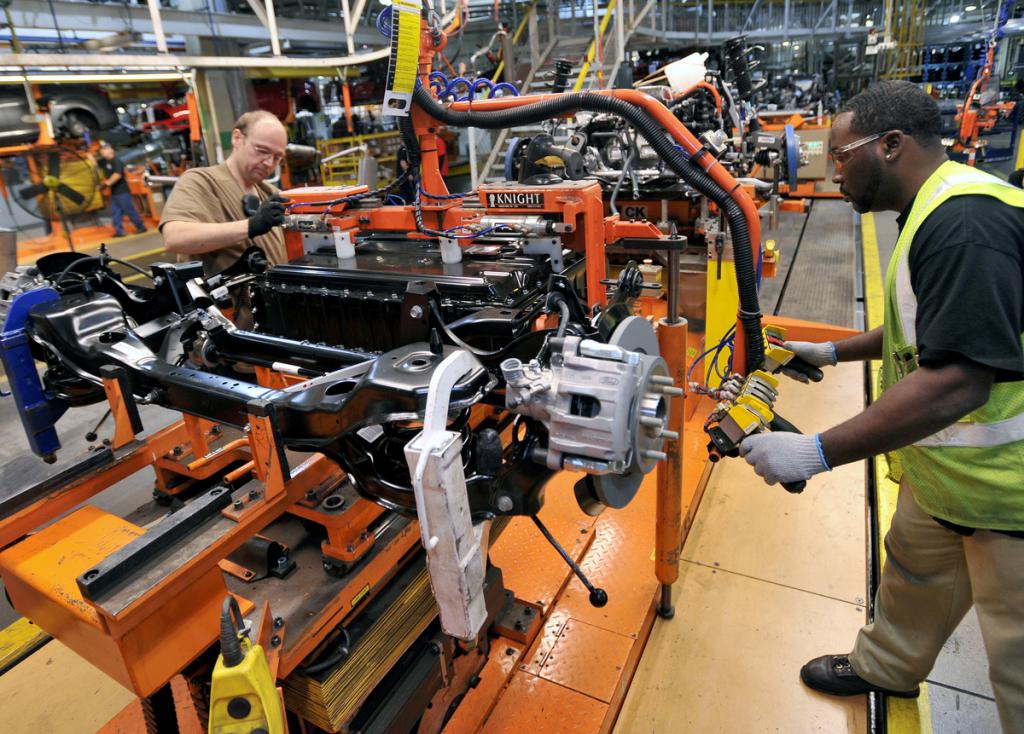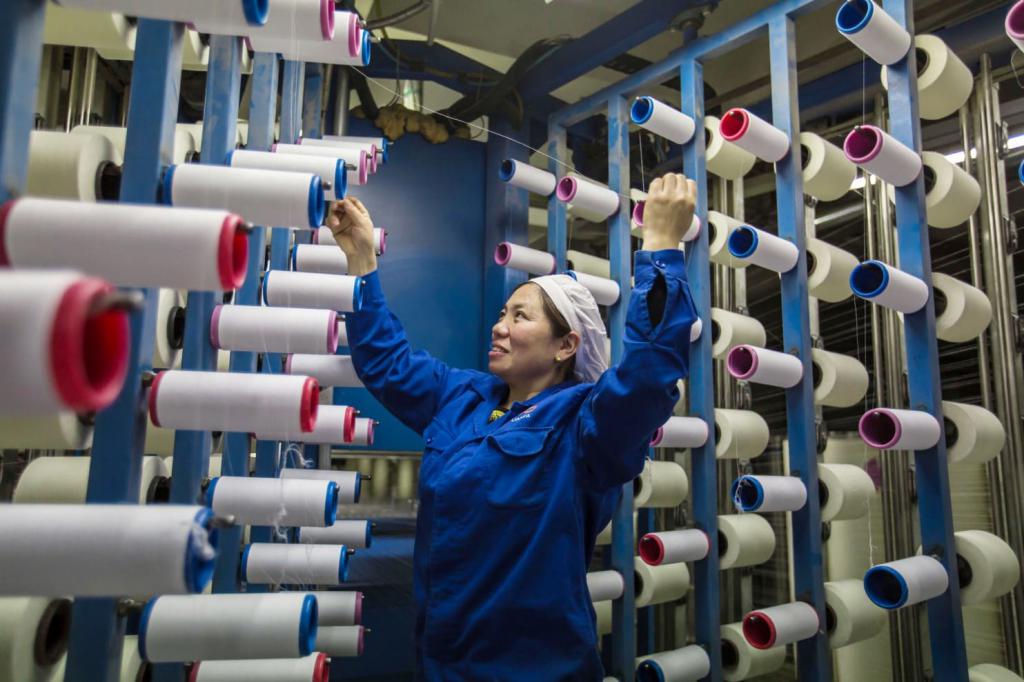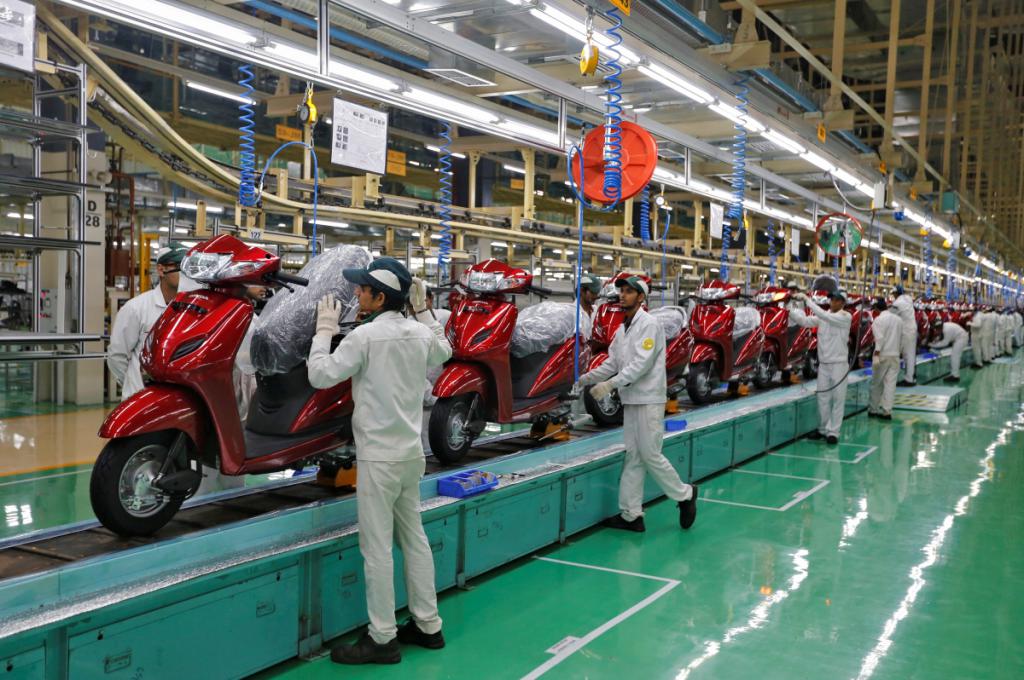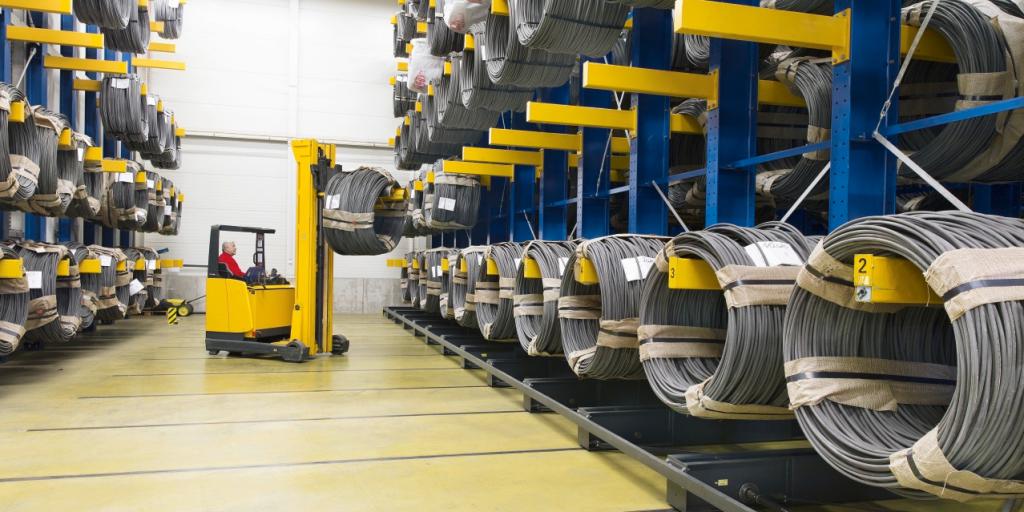Any industrial enterprise is a combination of various subsystems, the purpose of interaction of which is to obtain finished products. Management and control, finance and market research, storage and transportation are all equally important. However, the basis for the functioning of any enterprise is production activity. It determines the most important parameters of the system - production volumes, technology, quality and cost.

Organization of production activities
The manufacture of products is always based on a set of stages that are carried out by the personnel of the system using labor tools or using natural processes. As a result, products with a change in linear dimensions and technical (organizational) state are obtained from objects of labor.
Production activities include:
- labor costs of people as the basis of the labor process;
- objects of labor, which are the initial components (raw materials, blanks) that people turn into finished products;
- labor tools, such as technological equipment, devices for performing the transformation process at the production stages.
Multi-vector property
Production activity is multistage and consists of direct (main) processes for manufacturing final products and additional ones, the purpose of which is to ensure the fulfillment of the enterprise’s target function (equipment restoration, tool repair, electricity supply, water supply and sanitation, transportation operations, etc.). As we see, the processes the transformation of initial products into finished products or services occurs at all levels of the system, which makes it possible to present any enterprise as a layer a solid organizational model of interconnected subsystems.

What are the manufacturing processes?
By purpose, characteristic features and localization, production processes correspond to the main units, auxiliary and secondary.
- In the first-line workshops, immediate changes are implemented in order to obtain products with specified parameters, which are final for the enterprise (assembly structures, automobile transport, sheet metal).
- Additional (auxiliary) processes include the creation of products for the normal functioning of the main ones and for ensuring the enterprise’s infrastructure with energy carriers, the transfer of material assets, storage operations, etc.
- Non-core products are manufactured in side divisions. For example, if the enterprise has an excess of waste materials, then some areas specialize in the production of consumer goods.
Depending on the stages of production distinguish preparatory, processing and final processes.
- Preparatory processes are based on certain operations involved in the preparation of production elements (products, semi-finished products, blanks, workers, equipment and tools) for the subsequent process.
- Processing processes involve the execution of operations to transform objects of labor according to a given algorithm into finished products (i.e., the actual manufacturing process of manufacturing, repair, or rendering of services).
- The final processes are fixed on the preparation of the results of processing into final products for subsequent use by the consumer (assembly of components, performance tests for performance and functionality, quality control).

According to production complexity, there are processes of the initial level (simple) and second level (complex).
- The entry-level process algorithm is a sequence of operations to obtain a new design (product). This part of the production process is carried out in constant space-time conditions (invariability of the workplace and the process operator).
- Processes of the second level consist of the sum of simple ones.
An important production task is the rational separation of complex processes into simple operations and their subsequent synthesis into a single set of works to control various production parameters.
In the types of production activities, horizontal and vertical production processes are also distinguished. Horizontal express themselves during the development of the stages of each process, for example, "disassembly-welding-assembly-painting." Vertical (hierarchical) show the relationship of different levels of the overall production system - "enterprise - machine shop - turning and milling section - the workplace of the milling machine operator". Analysis of horizontal and vertical relationships allows you to effectively design new or modernize existing processes of production and economic activity of the enterprise.

Enterprise funds
In the production and financial activities distinguish between fixed (fixed) and variable (current) funds of the enterprise.
The first are the basis of the enterprise. These include industrial buildings (workshops, sections, warehouses) and the technological equipment installed in them, structures (water towers, overpasses, technological tunnels), transport, measuring instruments, laboratory equipment, etc. They are characterized by a long period of operation and high capital intensity.
Variables are consumable items that are used over a short production span and require constant recovery. Elements of work in progress, raw materials, materials and spare parts, fuel and energy resources, tools, containers for storage - this is not a complete list of elements of working capital of an enterprise.
The production cycle
Ensuring optimal interaction in the production structures of the enterprise is achieved by the formation of a special processing scheme - the production cycle of products, the duration of which is largely associated with the synchronization of individual stages of production.
The production cycle is the basis for planning time costs. The calculations take into account the duration from the initial to the final elements of the production process (in this case, the number of products and the scheme for their joint processing are not taken into account). They also operate with nested cycles - technological and operational, associated with the time spent at the corresponding stages of production.

Time Optimization Mechanisms
In machine-building production, the analysis of time costs in production cycles is of primary importance for increasing production efficiency, rational planning and control. Cycles are the norm for the development of operational plans and in the calculations of work in progress. Durations of processes affect the turnover of enterprise funds through gross output. Reducing production time directly contributes to increased profitability.
Changes in the duration of cycles are possible through the introduction of technical and organizational measures. The former reduces processing time through the use of new advanced technologies, equipment and equipment.Organizational steps are aimed at a rational choice of the type of production process, differentiation of transfer parties, reduction of inter-operation intervals. These approaches can significantly improve the use of fixed assets and indicators of removal of products from a unit of equipment. As you can see, production activity is a complex set of techniques based on a detailed study of internal production processes.
Types of production processes over time
There are three types of production processes in the organization of production cycles:
- consecutive;
- parallel;
- serial-parallel or combined.
Each of these types of organization differs in the order of transfer of products from one operation to another, the organization of labor in the workplace and the duration of the production cycle.

Analysis of the financial activities of the enterprise
To ensure the effectiveness of the production activity of the enterprise, constant monitoring of processes is necessary, which is based on research of the production system. A sample list is as follows:
- Calculation of technical and economic performance indicators (wage fund, average cost of production, labor productivity, net profit, etc.).
- Development and compliance with plans to increase the economic efficiency of production.
- Production volume planning.
- Planning the resources needed for production.
- Assessment of production risks.
- Planning the production process (jobs, equipment, buildings, etc.).
- Planning of the general expenses of the enterprise (expenses for equipment, management, commercial expenses).

Analysis of production activities makes it possible to structure production relationships and to carry out rational control of system parameters.
